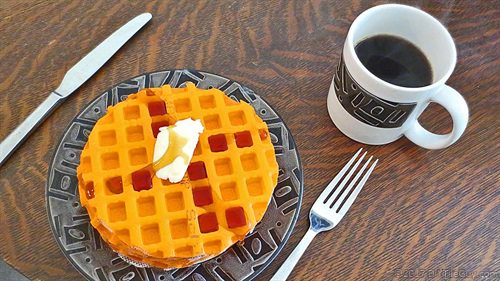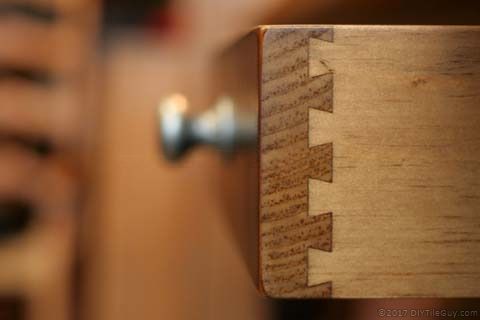How To Install Redgard Uncoupling Mat
You've probably seen uncoupling membranes before. It's not unusual to see these orange waffle-y products on some DIY television shows.
You may have even wondered "Do those things really work?"
In my quest to keep up on tile installation products I took one of Schluter's training courses some years back. I wanted to learn about Kerdi-Board and the Kerdi Shower System.
Estimated reading time: 4 minutes
However, to my surprise, the product I came away most interested in was Ditra uncoupling membranes. Here's why:
How tile uncoupling membranes work

Please note: This post has had several updates, as recently as 8/21. I try my best to keep the information up to date.
A (very) condensed history of the world
There are many ancient tile installations still around today and they were installed without the cement technology that we have.
How did they do it? According to Schluter, the old Europeans would have a layer of sand that separated the substrate (the ground) from the tile.
They (Schluter) claim that this sand layer acted to uncouple the tile from the ground.

Even today, in older homes, you may be familiar with the mud beds with chicken wire that are underneath tile floors. This again is a sand layer separating the tile from the substrate.
Nowadays, we have thinset that bonds the tile directly to a concrete floor.
Since concrete expands and contracts at a different rate than the tile this can result in stresses on the tile installation and can lead to cracking.
Consequently, although today's thinsets have more flexibility they still are no substitute for the uncoupling layers of old.
Enter modern day uncoupling membranes
Uncoupling membranes, such as Ditra, work to let the tile layer move independently of the substrate. It's much thinner than a two-inch mud bed.
Look at this Youtube video of Ditra in action:
Schluter®-DITRA Installation: Four Essential Functions
Four interesting facts about Ditra
1. Thinset doesn't adhere to Ditra:
The waffles work like dovetails so when the thinset dries it's stuck inside the cavity.
On the underneath side, there is a fleece that is bonded to the Ditra mat. As a result, thinset embeds itself into the fleece layer.
Therefore, Ditra doesn't adhere to either the tile or the substrate but is mechanically fastened to both.
2. Waterproofing
When used with 5-inch Kerdi Band (KEBA 100/125), Ditra can be a waterproof installation.
3. Modified or unmodified mortar
Schluter wants unmodified thinsets used to bond the tile to the Ditra.
As a result, this can cause conflict due to some manufacturers wanting you to use modified thinset for the larger tiles that are more common today.

To get around this, you can use rapid-setting thinsets mortars (I don't know if Schluter will warranty this).
Update: Schluter just recently came out with their own line of Schluter branded thinset mortars. They have both modified (All-Set), rapid modified (Fast-Set), and unmodified (Set) and approve their use with Ditra.
Further, many companies now have their own uncoupling mats and typically modified mortars are preferred.
Thinset Decoded: A buyers guide to purchasing the right tile adhesive
4. Tile floor heating systems
The Ditra layer should be directly underneath the tile layer. Due to this, it needs to be installed on top of an electric floor heating system such as Nuheat mats or Sun Touch heat wires.
It also gets installed on top of any self-leveling or other prep that is done to the floors. This is the opposite of how you would prep a floor using something like cement board, for instance.
Update: Schluter has a new uncoupling product called Ditra-Heat and Ditra-Heat Duo. There are also several manufacturers that have competing uncoupling heat membrane systems.
Schluter Ditra (1/8″ thick) and Ditra XL (1/4″ thick)) are lightweight membranes that are used to prepare floors for tile installations.
With the uncoupling aspects, along with the other advantages, you would do well to consider them for your tile floor.
For additional reference, please see this Schluter Ditra Installation Handbook pdf.
- Installing Electric Floor Heat: How to Not Void Your Warranty
- Ditra Heat Mat Installation: Ignore these two rules
- Self-Leveling Underlayment: The Ultimate Guide
- Why a centered tile layout is a bad idea
How To Install Redgard Uncoupling Mat
Source: https://www.diytileguy.com/schluter-ditra-uncoupling-membranes/
Posted by: georgetheaking.blogspot.com

0 Response to "How To Install Redgard Uncoupling Mat"
Post a Comment